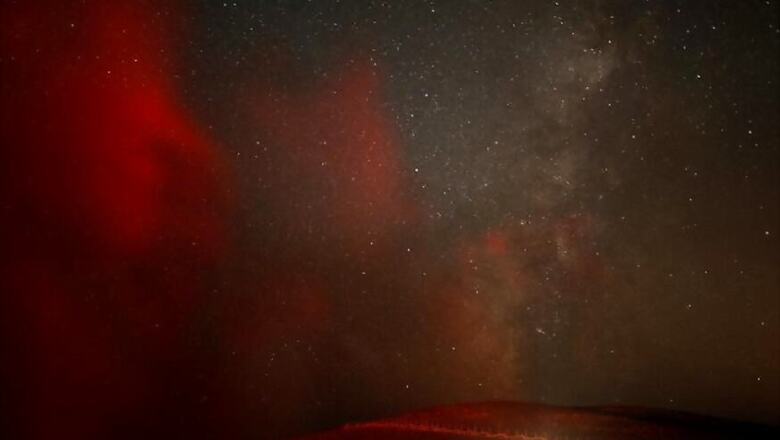
views
After conducting a cosmic inventory of sorts to calculate and categorise stellar-remnant black holes, astronomers have determined that the Milky Way is home to about 100 million of the enigmatic, dark objects -- far more than expected. "We think we've shown that there are as many as 100 million black holes in our galaxy," said James Bullock, Professor at University of California, Irvine (UCI), and co-author of a research paper on the subject published in the journal Monthly Notices of the Royal Astronomical Society. The university's celestial census began more than a year and a half ago, shortly after the news that the Laser Interferometer Gravitational-Wave Observatory, or LIGO, had detected ripples in the space-time continuum created by the distant collision of two black holes, each the size of 30 suns.
"Fundamentally, the detection of gravitational waves was a huge deal, as it was a confirmation of a key prediction of Einstein's general theory of relativity," Bullock said. "But then we looked closer at the astrophysics of the actual result, a merger of two 30-solar-mass black holes. That was simply astounding and had us asking, 'How common are black holes of this size, and how often do they merge?'" Bullock said.
The research, led by doctoral candidate Oliver Elbert from UCi, was an attempt to interpret the gravitational wave detections through the lens of what is known about galaxy formation and to form a framework for understanding future occurrences. "Based on what we know about star formation in galaxies of different types, we can infer when and how many black holes formed in each galaxy," Elbert said. The number of black holes of a given mass per galaxy will depend on the size of the galaxy, said Manoj Kaplinghat, Professor of Physics & Astronomy at UCI.
The reason is that larger galaxies have many metal-rich stars, and smaller dwarf galaxies are dominated by big stars of low metallicity. "We have a pretty good understanding of the overall population of stars in the universe and their mass distribution as they're born, so we can tell how many black holes should have formed with 100 solar masses versus 10 solar masses," Bullock said. "We were able to work out how many big black holes should exist, and it ended up being in the millions - way more than I anticipated," Bullock said.
Watch: Tech And Auto Show – Episode 8


















Comments
0 comment